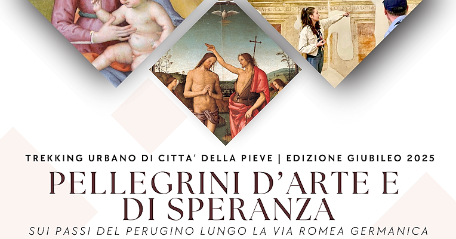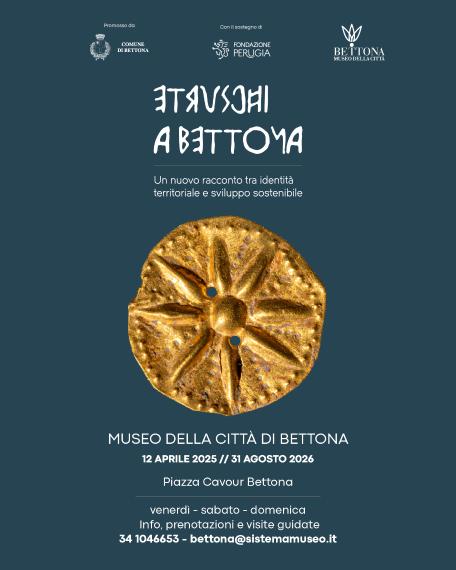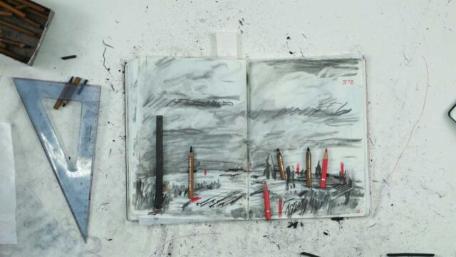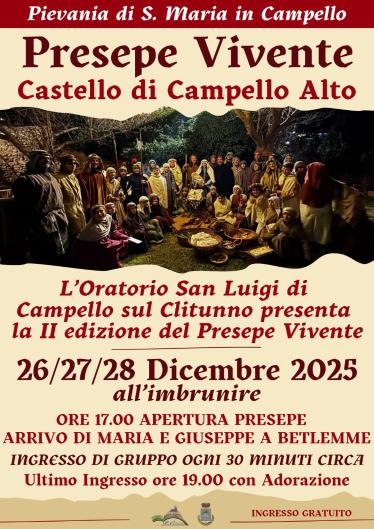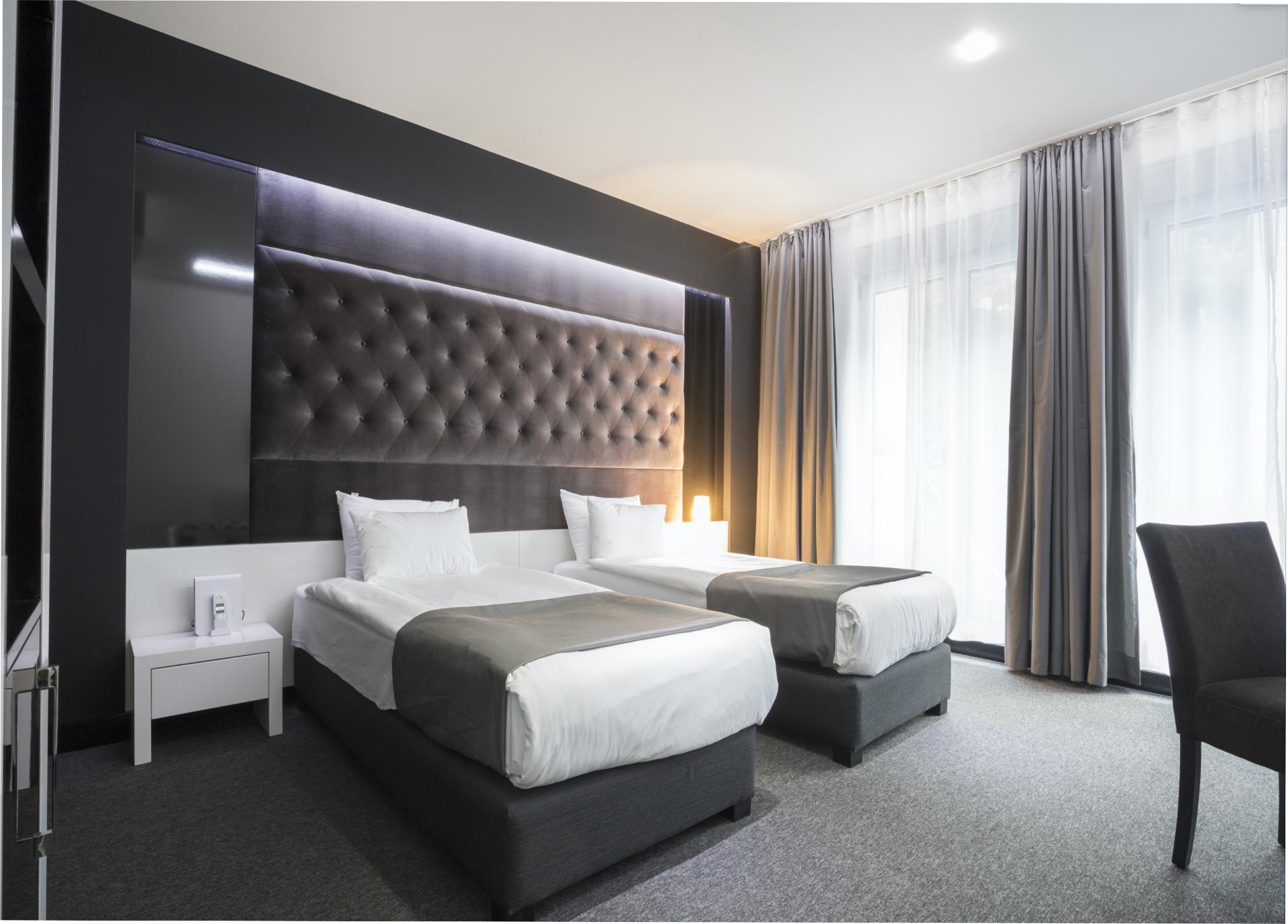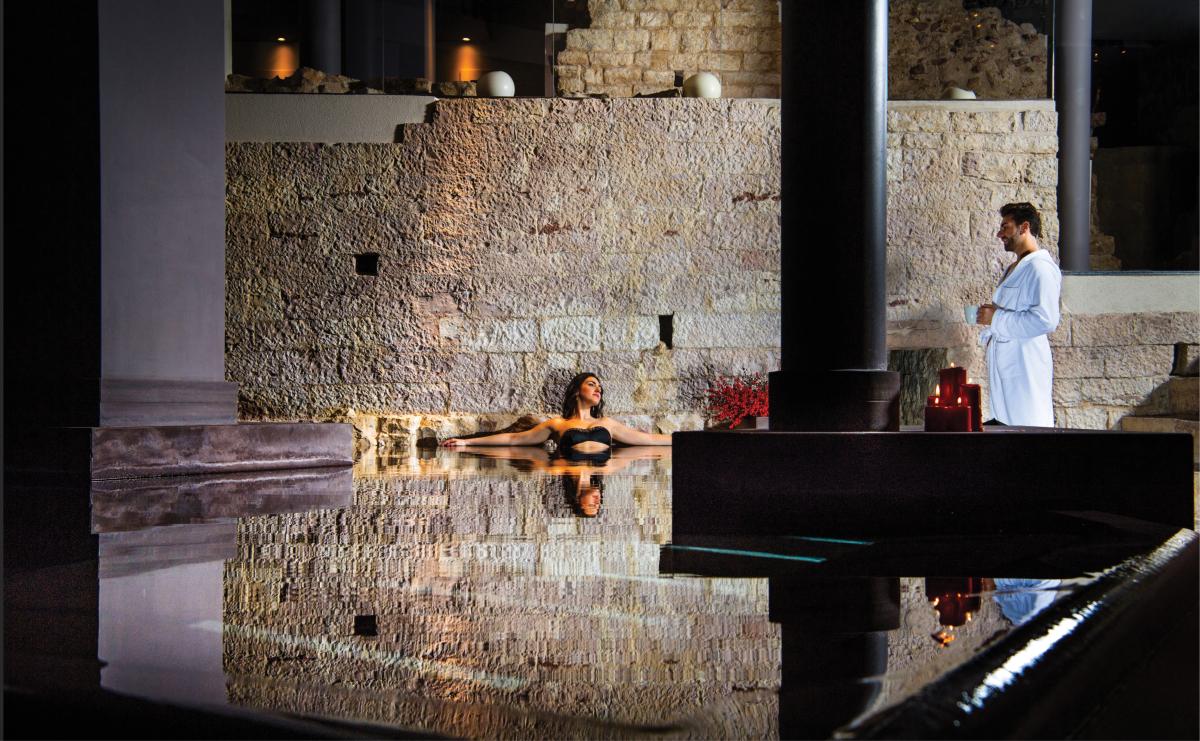HISTORY
The area was never dominated by a single main town, but was always made up, as it is now, of small villages and castles scattered throughout the countryside and among the mountain woods, each having its own culture. Initially inhabited by the Etruscans and then the Romans, after the fall of the Roman Empire its chief historical vicissitudes were connected with those of the nearby town of Spoleto. In the 14th century it succeeded in establishing Statutes as an independent commune, but soon after the Church and the Duchy of Spoleto reinstated their rule. After the Unification of Italy, the area was included in the territory of Spoleto until 1930, when Campello sul Clitunno once again became an independent municipality.
ART, CULTURE, ENVIRONMENT
The Commune, or municipality, has two centers: Campello Alto, a fortified hamlet which developed around the Castle built in the 10th-11th century by Rovero di Champeaux, baron of Burgundy; and Campello Basso, which has the Church of Madonna della Bianca (11th century), with its handsome stone portal and two frescoes by Spagna. The Campello Alto Castle has preserved intact its walls and a single gate providing access to the village, where one finds the Church of San Donato, with a fine wooden altar, the Town Hall and, nearby, the Barnabite monastery complex, which holds inside a Madonna by Spagna and a 15th-century fresco of the Crucifixion and Saints in the style of Giotto. Sights nearby include Acera and Spina, charming medieval hamlets hidden in the woods; the castle of Pissignano (11th-12th century); the Church of San Sebastiano, near the Clitunno Springs, with a fresco by Spagna dating from 1528; and in the hamlet of Lenano, the Church of San Lorenzo, with a splendid cycle of votive frescoes by Spoleto artists from the 16th-17th centuries. The true pearl of this area is the Clitunno Springs, a series of springs in the midst of utterly enchanting surroundings. The springs, celebrated since Roman times, form a small lake which in turn is the source of the tiny Clitunno river. Not far away is the little Clitunno Temple (Church of San Salvatore), an early Christian building consisting of a small chamber preceded by a classical pronaos.


















